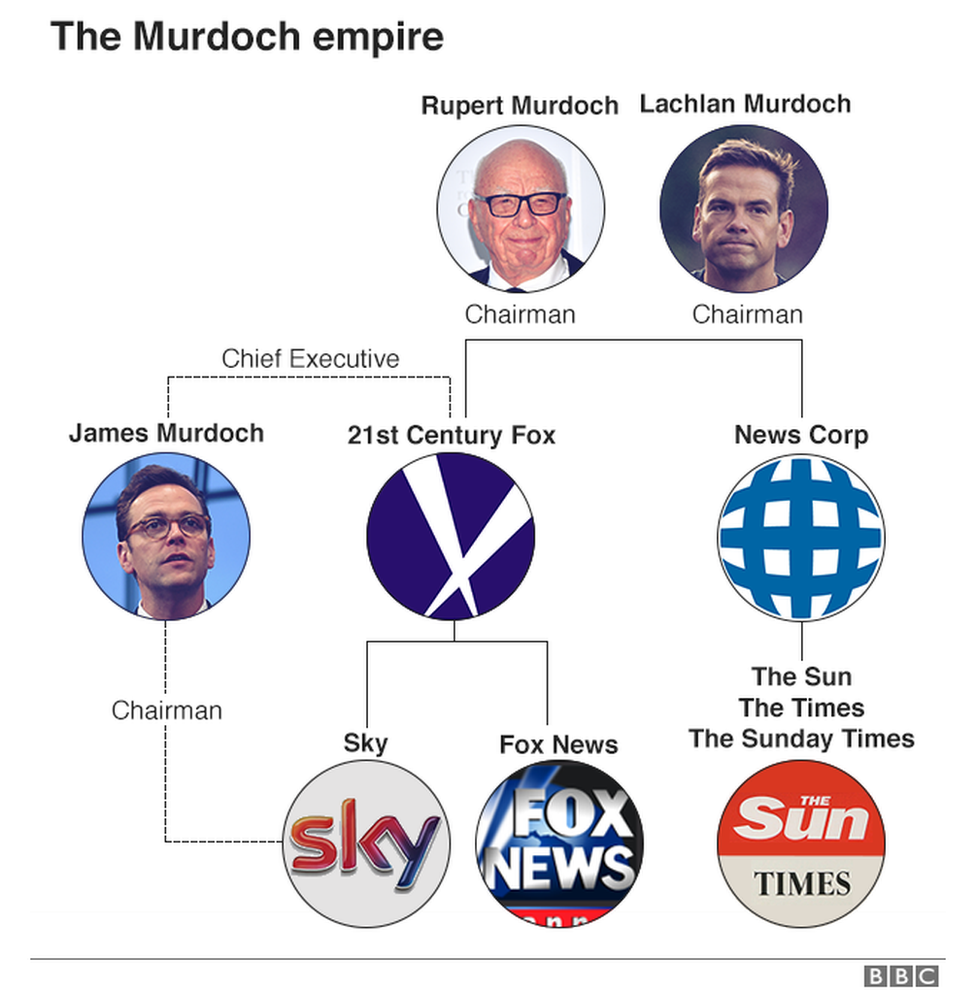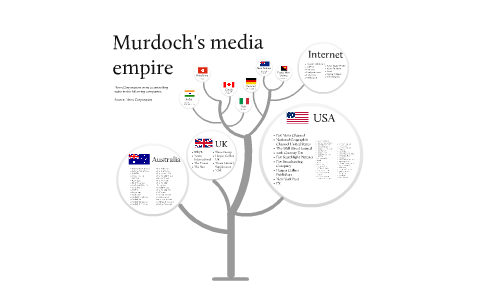Hypodermic Model (1920-1930)
Harold Las swell developed the theoretical tool of “content analysis” and wrote in 1927 Propaganda Technique in World War which highlighted the brew of ‘subtle poison, which industrious men injected into the veins of a staggering people until the smashing powers . . . knocked them into submission’
In 1948, he developed a linear model of communication, that breaks down the line of communication from point A to point B, in which the SENDER is transferring a MESSAGE, through a MEDIUM (e.g print, radio, tv etc) that has a direct effect on the RECEIVER
This model proposes a clear, linear connection between message sent> message received
Shannon and Weaver (1949)
They suggested the Transmission Model of Communication which includes other features such as NOISE, ERROR, ENCODING and FEEDBACK. This suggests that the process of sending and receiving a message is clear-cut, predicable or reliable and is dependent on a range of other factors that need to be taken into consideration.
They said that Harold’s theory lacks and it is too limited and there is more to it the communication process then what Harold’s model suggests.
Paul Lazarfeld- Two Step Flow of Communication
Paul recognized a simple, linear model may not be sufficiently complex to understanding the relationship between message sent > message received. He recognized that communication is an active thing
The Two Step Flow model of communication, which took account of the way in which mediated messages are not directly injected into the audience, but while also subject to noise, error, feedback etc, they are also filtered through opinion leaders, those who interpret media messages first and then relay them back to a bigger audience.
The audience are ACTIVE NOT PASSIVE, in that audience consumption is based on consideration of what others think not a PASSIVE process of unthinking consumption.
Uses and Gratifications (1960s)
It is the idea of us choosing the media we want and what we listen to. We have a choice of what story we read and we are the reason for what we think. No one is forcing us to buy or watch a media product, we are the reason for how we feel about particular stories. People can be active and pick and choose
Skinner/Chomsky- Behavioral- Modification Research (1970s)
The idea of individual choice and freedom (in terms of the selection, consumption and interpretation of media production) therefore sets up an op positional stance against the idea of state / corporate ‘mind control’ that seeks authority to shape and modify human behavior and interaction. As was highlighted earlier in this post with references to political communication, underpinned by techniques and processes of direct messaging, with intentions of direct ‘hypodermic‘ effect
He believes we think we have free will with what we choose and what media we listen and read, Skinner behavior-modification practices expanded rapidly during the 1960s and 1970s . . . which prescribed a future based on behavioral control, rejecting the very idea of freedom (as well as every tenet of a liberal society)
Chomsky agrees with this ideology from Skinner. Chomsky was very clear that the media operated to support the dominant interests (mainly big business and the political elite) to ‘manufacture consent‘. He believes we have our own ideologies and we have we can be controlled by political interests.
Stuart Hall- Preferred Reading (1980s)
He developed a critical theory that looked to analyse mass media communication and popular culture as a way of both uncovering the invidious work of the State and Big Business, as well as looking for ways of subverting that process. Hall was working at a time of great societal upheaval and unrest in the UK and was therefore committed to understand the relationship between power, communication, culture, control and . . . behavior management.
Hall proposed three distinct positions that could be occupied by individual viewers, determined, more or less on their subject identities. He said you can not be dominated by structures and you can take up 3 readings. He says we can reject media messages and that we can not be brain washed.
- A dominant position accepts the dominant message
- A negotiated position both accepts and rejects the dominant reading
- An oppositional position rejects the dominant reading
Clay Shirky- The End of Audience (2000s)
He believed there is no mass audience. ‘the more ideas there are in circulation, the more ideas there are for any individual to disagree with.’ In other words, Shirty makes claim for the emancipation gained from new media technologies, liberating individual consumers from the behavioral management techniques of the State that were positioned as problematic by Hall, Husserl, Chomsky and others. He said there no is such thing as audience and we are just individuals
Zuboff- Surveillance Capitalism (2019)
‘it was impossible to imagine the means of behavioral modification as anything other than owned and operated by the government‘. Very few saw that the project would ‘resurface in a wholly unexpected incarnation as a creature of the market, it’s unprecedented digital capabilities, scale, and scope now flourishing under the flag of surveillance capitalism.’





















